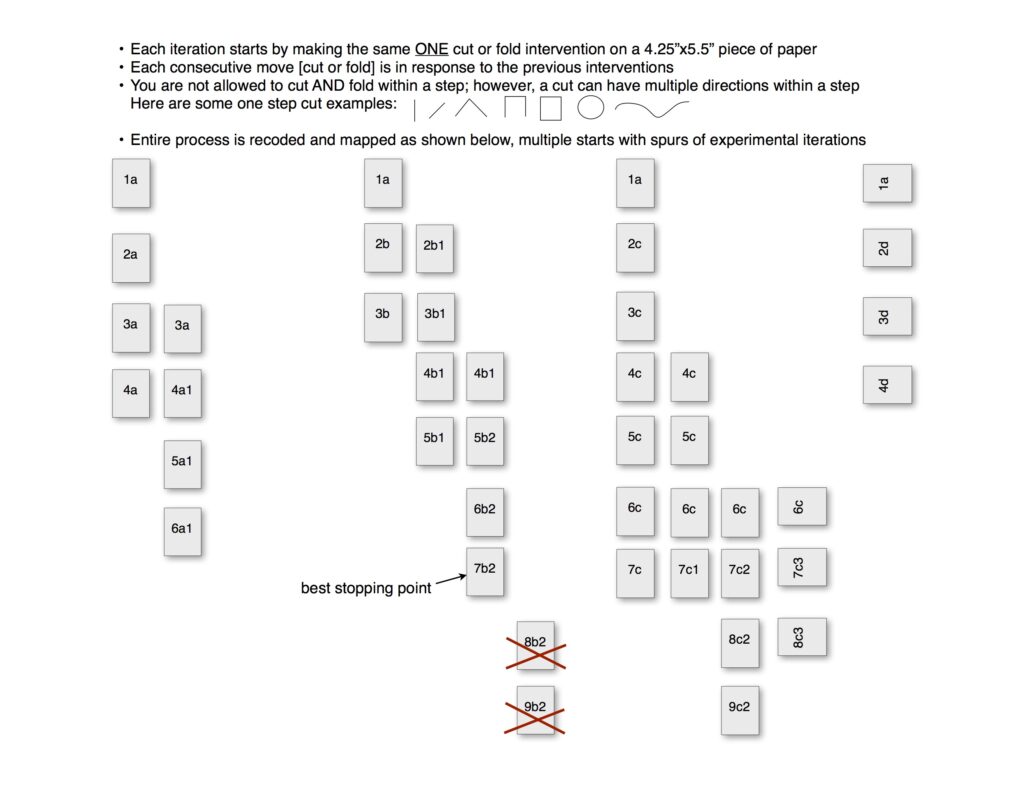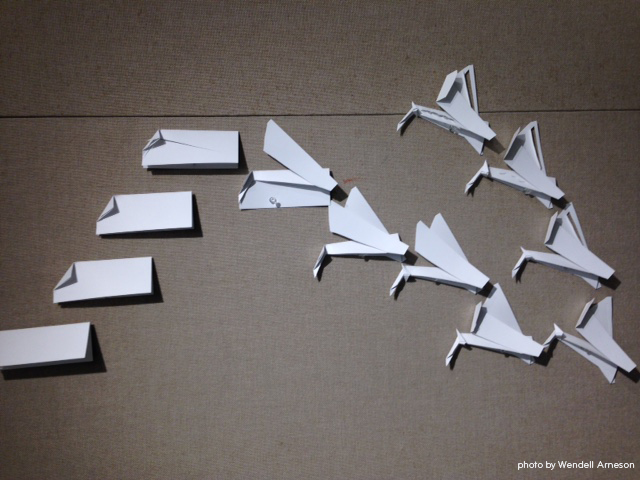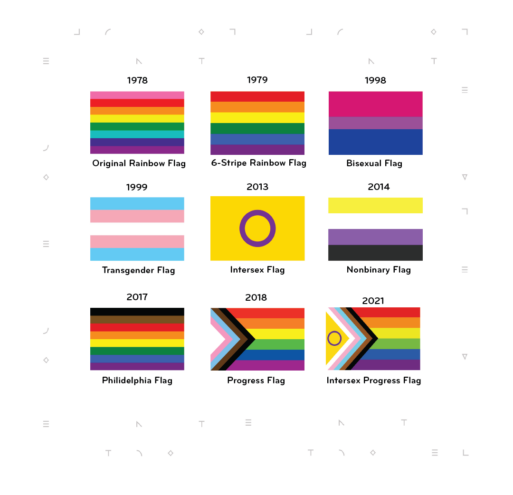The word “inspiration” has many meanings and a boatload of uses. The term is tough to tack down because it refers to so many things: the Pinterest albums that “inspire” a kitchen renovation, the “inspiring” leaders who motivate us to be our best selves, and the “inspired” food and wine pairings we admire at dinner parties. While these are all valid meanings of the word, we want to consider another meaning of “inspiration.” We want to share our thoughts about the kind of inspiration that figures into creative problem solving.
This notion of “inspiration” often has grand connotations, commonly compared to a “bolt of lightning,” “revelation,” or “epiphany!” “Inspiration” is thought to be a mystical occurrence, sparked by a supernatural force. We have learned from experience, however, that “inspiration” is more often a series of small, nondramatic shifts of understanding earned by well-attuned intuition and careful analysis. Something clicks. Aha!
“Inspiration” comes as much from analysis as it does from intuition. Both are critical to our design process and we routinely bounce back and forth between them. A balanced right brain-left brain response sparks great design. When we begin a project, we rarely experience blank page paralysis. While it may seem crippling to have an infinite number of choices to begin with, the reality is that there are always parameters on a project. These parameters, such as site, lot size, building code, neighboring structures, budget, etc. provide a baseline for us to build on. We both analyze the parameters for clues about how to begin and intuitively sense how to make the most of them. We make an initial decision informed by these parameters, for example “the house will face southwest.” Each subsequent decision is a response to the decisions that came before it. Pretty soon, we have made a constellation of decisions and we have a rough design.
Don’t get us wrong: the creative process is not linear. Our decisions are not always right and we often have to backpedal to try other options. Analyze, intuit, respond…repeat. We revise and re-route all the time. The notion that a building (or any other piece of art for that matter) is birthed fully-formed is a myth. A built building is the outcome of a deliberative creative process that involved more intuition and analysis than “inspiration.”
Kurt Gough recently hosted a seminar for the St. Olaf College Art Department that demonstrated how intuition and analysis work hand in hand in the design process that Shelter uses every day. Each participant starts with a stack of paper cards and an X-acto knife. The exercise begins by cutting or folding the first card one time. The second card gets cut or folded twice — but the first cut/fold has to match the first card. The third card gets cut or folded three times with the first two cuts/folds matching the first and second cards. After a few iterations, the participants can choose to continue along the current pathway or return to an earlier step and try a new pathway by making a different cut/fold choice.

Each cut/fold decision precludes an infinite number of other decisions that can be made at that step in the series. Yet cut/fold each decision presents a different infinite number of decisions that can be made at the next step in the series. The lesson allows participants to track the decision-making process and analyze their responses to previous decisions made every step of the way. By simply cutting and folding paper in a way that records each step, participants can review their decisions, determine the rules that inform their choices, and see which avenues were more interesting and “successful” than others. The exercise removes the grand notion of “inspiration” almost entirely from the equation. It instead relies on the the participant to analyze and interpret the choices they have and the choices they make to create a successful design.

Don’t wait for inspiration to strike — analyze, intuit, respond…repeat!
From your friends at Shelter
Related Posts
Shelter symbols explained
Have you noticed symbols popping up across our feed over the last few months? Curious about what they signify? When…
Read moreLocal artists Caitlin Lempia-Bradford and Daren Henry selected for Shelter winter studio art gallery
What is the Shelter studio art gallery? When we designed the new Shelter studio at International Market Square, we wanted…
Read more
Pride flag design, over time
We’re swelling with pride over how the Twin Cities area has been celebrating its LGBTQ+ community this month. Now, as…
Read more